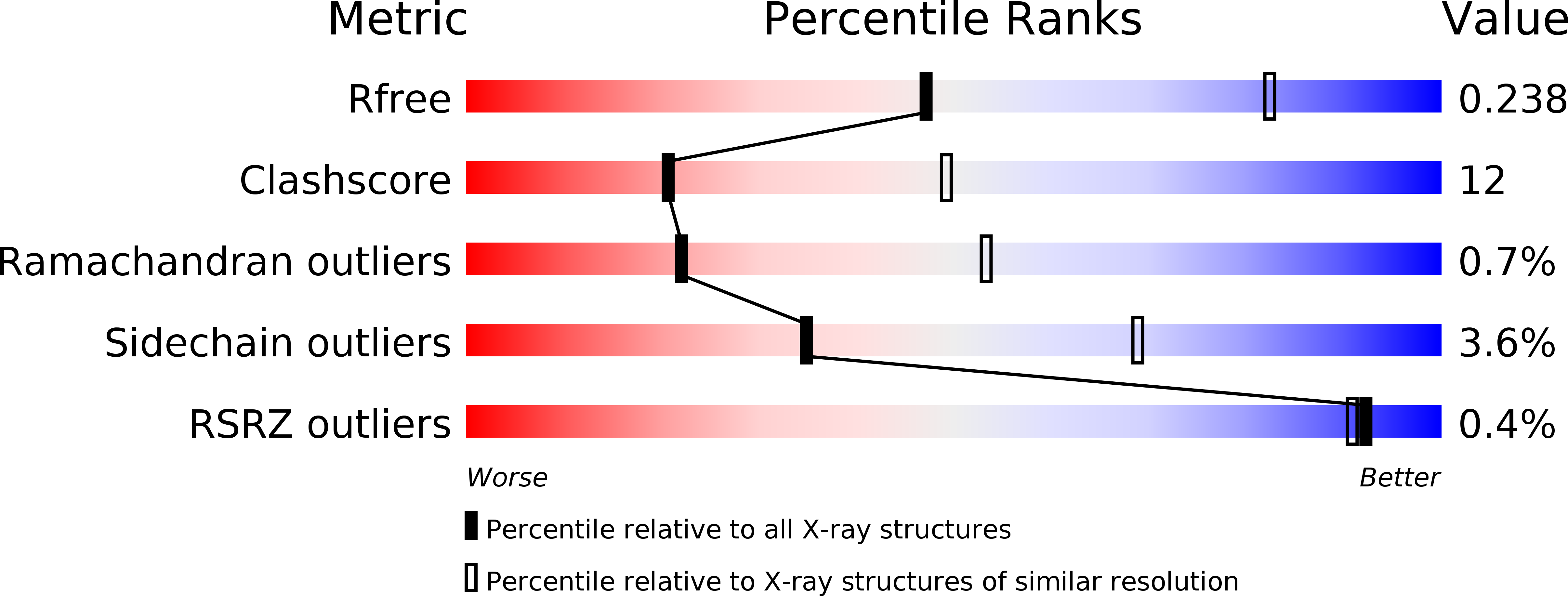
Deposition Date
2007-02-13
Release Date
2008-02-26
Last Version Date
2024-11-20
Entry Detail
PDB ID:
2ECF
Keywords:
Title:
Crystal Structure of Dipeptidyl Aminopeptidase IV from Stenotrophomonas maltophilia
Biological Source:
Source Organism:
Stenotrophomonas maltophilia (Taxon ID: 40324)
Host Organism:
Method Details:
Experimental Method:
Resolution:
2.80 Å
R-Value Free:
0.24
R-Value Work:
0.18
Space Group:
P 43 21 2


